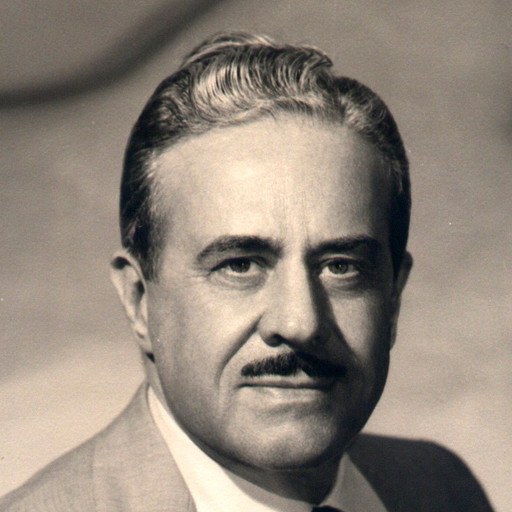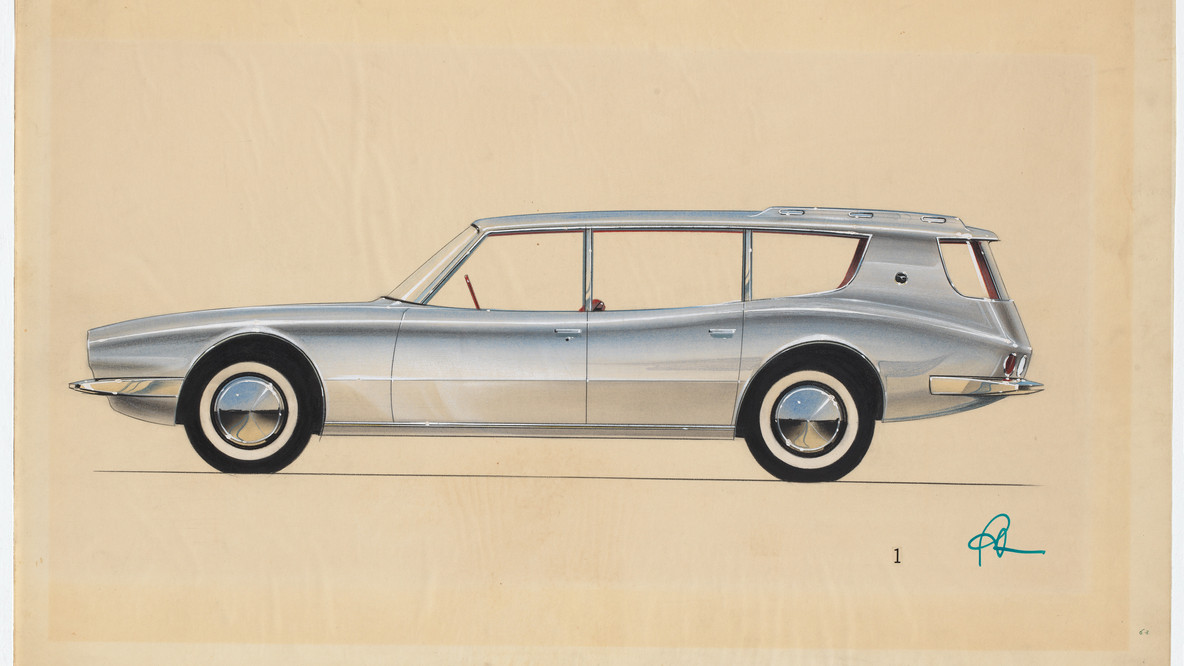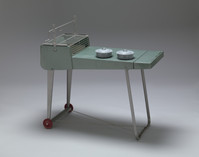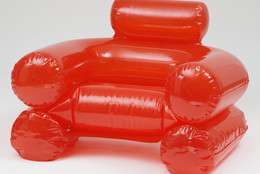“It should be humble, it should not jump at you, it should blend with the surroundings... that's good design.”
Raymond Loewy
In a 1958 collection of celebrity recipes, Raymond Loewy was described as “perhaps the world's most renowned designer… Mr. Loewy spends six months yearly in New York designing everything from airplanes to household appliances. The other six months he travels in France, Italy, Germany, England, and the Scandinavian countries, developing creative ideas.” Dapper, energetic, and a self-professed gourmet with a keen eye for publicity, Loewy brought a dash of French glamour to the world of industrial design in the United States.
Loewy emigrated from France in 1919, having served in the engineering corps during World War I, and initially worked as a window display designer and fashion illustrator in New York. In 1929, on the strength of his redesign of the Gestetner duplicating machine (an important predecessor of modern scanners and photocopiers), he opened his first design consultancy, Raymond Loewy Associates. Additional companies followed in London, Paris, and Fribourg. He was elected president of the American Society of Industrial Designers in 1946, and, in October 1949, he became the first of his profession to appear on the cover of Time magazine.
Loewy’s firm was associated with a steady stream of US design icons—including the “Coldspot” refrigerator, Lucky Strike cigarette packaging, Greyhound buses, Studebaker cars, Coca-Cola dispensers, radios, sewing machines, and Rosenthal dinnerware, as well as corporate graphics for Exxon, Shell, and the US Postal Service. This range testified to the potential impact of industrial design on the daily lives of millions, and its power as a commercial tool. Loewy understood how essential package design and branding could be in the success of a product or an organization. In this respect, one of his most potent designs was for John F. Kennedy's Air Force One, which began flying in 1962. His modern and elegant design of the plane’s livery (the external graphics and color scheme) transformed this particular Boeing 707 into an important element of the Kennedy administration’s global brand.
In his late career, Loewy was again at the heart of the American establishment as a consultant to the National Aeronautics and Space Administration (NASA) from 1967 to 1973. During that period his firm produced more than 3,000 designs for space-related products. At the same time, despite intense rivalry between the American and Soviet Union superpowers during the height of the Cold War, Loewy also designed prototypes for a range of industrial products at the request of the Soviet state. Of these, only the ZIL refrigerator was put into production, but the episode demonstrates that as far as industrial design was concerned, the Iron Curtain was more permeable than the political rhetoric of the time would have us believe.
Note: Opening quote is from Raymond Loewy: Father of Industrial Design. CBS News, Carousel Films, Inc., 1979, https://www.core77.com/posts/68168/A-Conversation-with-Raymond-Loewy-the-Father-of-Industrial-Design, 3:12–3:22.
Juliet Kinchin, Curator, Department of Architecture and Design, 2016




